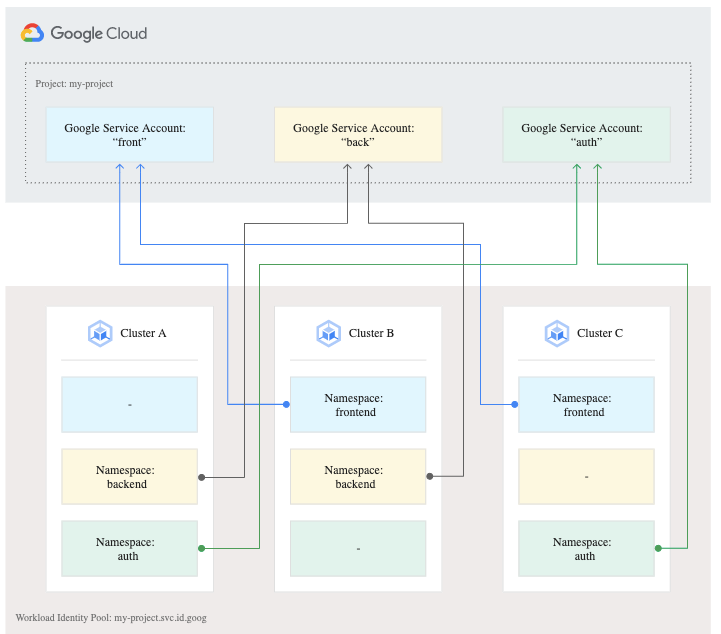Cloud Deployment Models
- Vishakh Rameshan
- Jan 30, 2021
- 2 min read
This topic is something that is covered in cloud 101 sessions and it is like the gateway to Cloud computing. Any person whether he is a tester, developer, DevOps, SREs, business analyst or even a newbie should know the difference before even learning specific services in GCP or AWS or Azure etc.
This post is for those who are new to cloud or those who have never heard or are confused what each type of cloud means.

Private Cloud
This type of cloud is specific to and restricted only to a specific organization. You can say this was up until GCP, AWS and all popular ones came to the market, all the organization had their own servers, data centers and other networking infrastructure placed specific to their needs and are maintained and controller by that organization.
Advantage
Gives greater control over what to be deployed and who should have access to
Greater security to the application and data in it
Disadvantage
Regular maintenance of hardware and software updates
New installation of hardware in need
Over or under utilized resources most of the time
Restriction on the application to be globally scalable and available etc.
Public Cloud
This type of cloud is open to any person both individual, small and large enterprise to use their service and pay for only what has been used.
Advantage
No maintenance cost
Scale up or scale down resources based on need
Greater reach of application globally
No worries on where and how application runs
Greater productivity and faster delivery of business
Disadvantage
Very less control over the data and thus brings insecurity in customers mind
Choice restricted to few options that this cloud service provides
Hybrid Cloud
This type of cloud is a combination of public, private cloud where instead of focusing entire business to be up and running on a single cloud, the business is actually spread across multiple cloud.
Advantage
Choice to keep data safe on premise private cloud and application on a public cloud
Gets benefit of both private and public cloud
More choice and variants on the cloud services provided by different vendors
Greater flexibility in cost and easy migration to a specific cloud
Disadvantage
Maintenance and integration becomes difficult as the workload is spread across platforms
Community Cloud
This type of cloud is a combination of similar domain organizations like healthcare, government sector, banking etc as they all share similar models, privacy rules and regulations.
Advantage
Collaboration brings more ideas on to table
Sharing similar domain data becomes easy
More protection to the data
Better design of the application
Disadvantage
With data of similar business, restrictions to try out new ares of business is limited
Conclusion
The most popular ones are Hybrid and public as this brings greater flexibility and more opportunities to try out latest tools, technologies and methodologies.




Comments